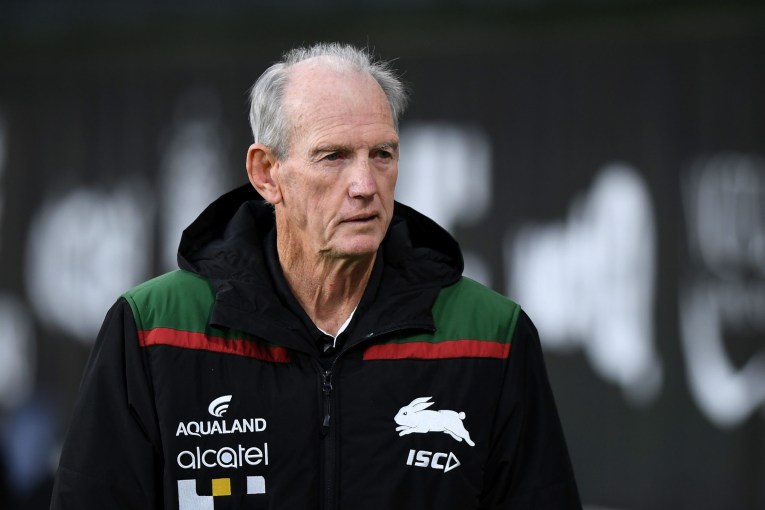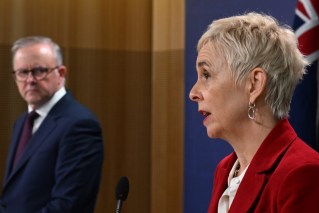Day of dread: Home buyers wait for more bad news on rates as Reserve board meets
Nearly one in 10 mortgage holders have struggled to make a repayment or pay a bill as rising interest rates tighten the screws on household budgets.

For the average variable rate mortgage holder with a $500,000 loan and 30 years remaining on their term, another cash rate hike will add $1051 to monthly repayments compared to April 2022 levels. (Image: Pexels)
The Reserve Bank has already lifted interest rates from historic lows of 0.1 per cent in April last year to 3.35 per cent last month and is expected to hike rates again when the board meets on Tuesday.
Another 25 basis point increase, as widely anticipated, would take the cash rate to its highest level since May 2012.
A survey by comparison website Canstar found nearly 70 per cent of renters and mortgage holders were struggling financially because of cost-of-living pressures and higher interest rates, with 10 per cent of the 3100 surveyed already late on a payment.
For the average variable rate mortgage holder with a $500,000 loan and 30 years remaining on their term, another cash rate hike will add $1051 to monthly repayments compared to April 2022 levels.
If the cash rate peaks at 4.1 per cent, as some economists predict, monthly repayments will swell by $1217 compared to April last year.
Canstar finance expert Steve Mickenbecker urged households to refinance to get a better deal and consider fixed rates as the average fixed rate was only 0.11 per cent more than the average variable rate.
“Fixed rates may also be back on the agenda for borrowers who can afford repayments today but fear future increases,” he said.
While another lift to the cash rate rise is broadly expected when the board meets on Tuesday, economists are undecided about how much further the RBA has to hike.
Westpac economists anticipate the cash rate peaking at 4.1 per cent in May before an easing cycle kicks off in early 2024.
Westpac chief economist Bill Evans said the bank had kept its forecasts unchanged despite national accounts data revealing “extraordinary pressures” on household budgets.
He said domestic demand was flat in the quarter despite the significant fall in the household savings rate, which should have freed up spending capacity.
“The household sector faced some extraordinary pressures during the December quarter,” Evans wrote in an analysis.
Disposable incomes were down, driven by large increases in income tax and interest payments, he added.
While the bank’s economists were surprised by the sharp contraction in real incomes in the December quarter, Evans said the national accounts result was broadly consistent with the bank’s expectations for weakening spending in 2023 and 2024, leading Westpac to keep its cash rate predictions unchanged.
Treasurer Jim Chalmers said high inflation and tightening interest rates were putting pressure on households and small businesses.
“There are encouraging signs that we are getting on top of (inflation), but inflation will be higher than we’d like for longer than we’d like and we need to acknowledge that,” he told parliament.
Chalmers said Labor had a three-point plan to address cost-of-living challenges, which consisted of relief for people doing it tough, repair of Australia’s broken supply chains and restraint in government spending.
-AAP












